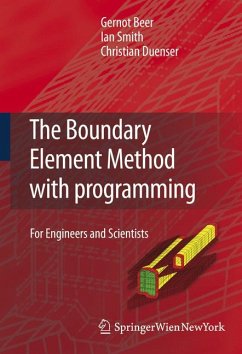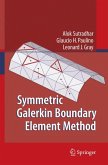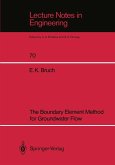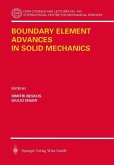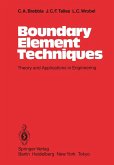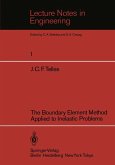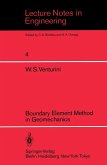This thorough yet understandable introduction to the boundary element method presents an attractive alternative to the finite element method. It not only explains the theory but also presents the implementation of the theory into computer code, the code in FORTRAN 95 can be freely downloaded. The book also addresses the issue of efficiently using parallel processing hardware in order to considerably speed up the computations for large systems. The applications range from problems of heat and fluid flow to static and dynamic elasto-plastic problems in continuum mechanics.
Dieser Download kann aus rechtlichen Gründen nur mit Rechnungsadresse in A, B, BG, CY, CZ, D, DK, EW, E, FIN, F, GR, HR, H, IRL, I, LT, L, LR, M, NL, PL, P, R, S, SLO, SK ausgeliefert werden.
Hinweis: Dieser Artikel kann nur an eine deutsche Lieferadresse ausgeliefert werden.

